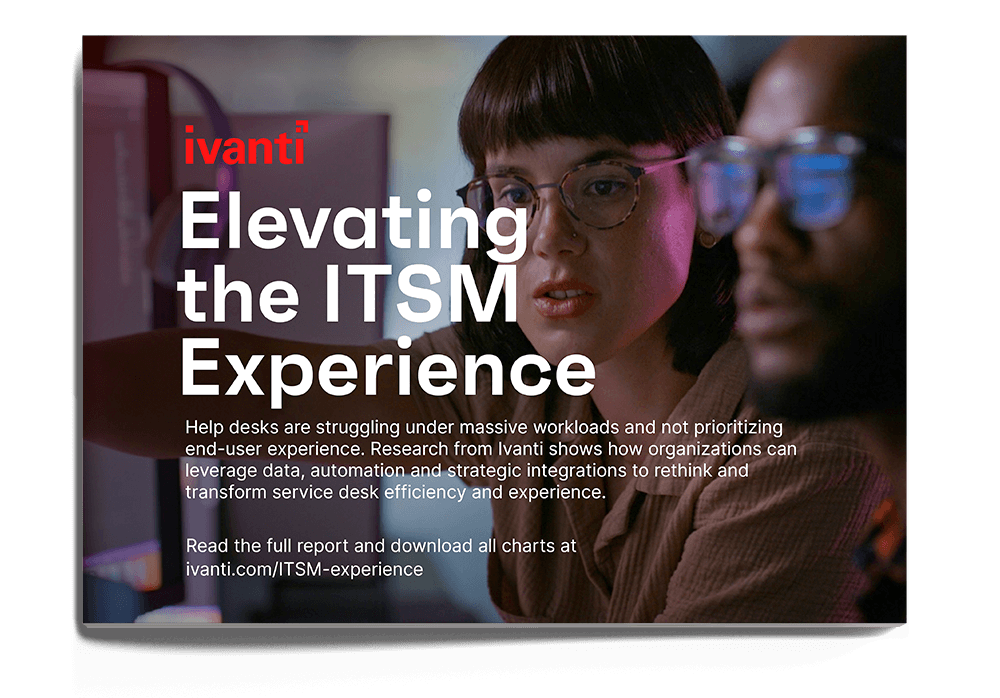Rethink — and dramatically broaden — the role of ITSM within your organization.
I view ITSM as a center of gravity within the organization. It’s important that CIOs move away from thinking of ITSM as a ticketing system. It is much, much more. Think about the new-hire experience, for example. ITSM automates their onboarding, manages the employee’s assets, tracks their experience and ensures they are getting the right services.
Now, let’s think about how this works at the organizational level. Your ITSM tracks assets, manages tickets and analyzes the performance of the IT environment. All of this generates massive amounts of information: data about products, devices and users — piles of telemetry data. We gather that information and let it flow through different platforms and tools — all from ITSM — and let those insights inform decision making, drive automation and power workflows and services.
By integrating various IT functions into ITSM, organizations can create a more cohesive and efficient IT environment, ultimately leading to improved employee satisfaction and productivity. ITSM is essentially the focal point of how you will manage IT going forward.
Leverage AI and automation to reduce the IT workloads and make service management more efficient.
At Ivanti, we’ve developed a series of automations around ticket processing, categorization, routing and remediation — and we’ve seen dramatic impacts.
By routing tickets to the right group in seconds — not minutes or days — we are speeding up the help desk triage process. And now we’re taking it a step further by using AI to identify what can be remediated automatically and immediately, without a human intervening in any way.
A simple example of this is letting employees reset their own passwords using a bot. And another more interesting use case is that Ivanti now uses an AI to comb through our internal knowledge base and ticket history and identify where a particular problem has occurred before. Then, the AI looks at whether a patch or some other remediation can be applied to fix the issue — all done automatically. These types of autonomous interventions are driving great productivity gains, which lets us use freed-up help desk resources to focus IT productivity in other areas.
